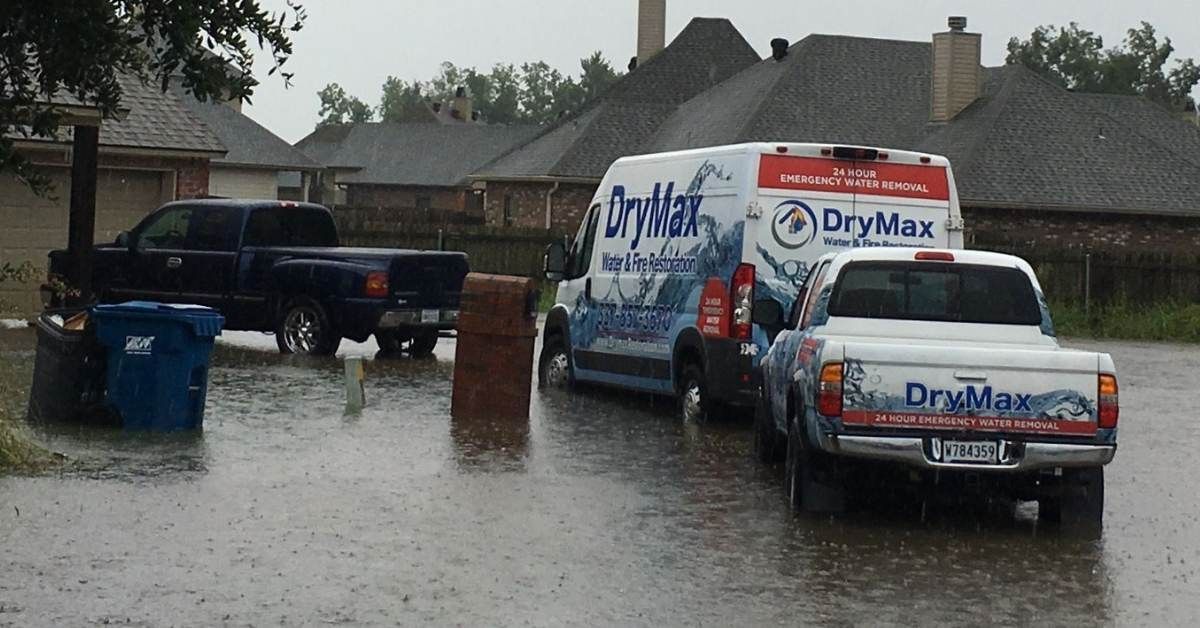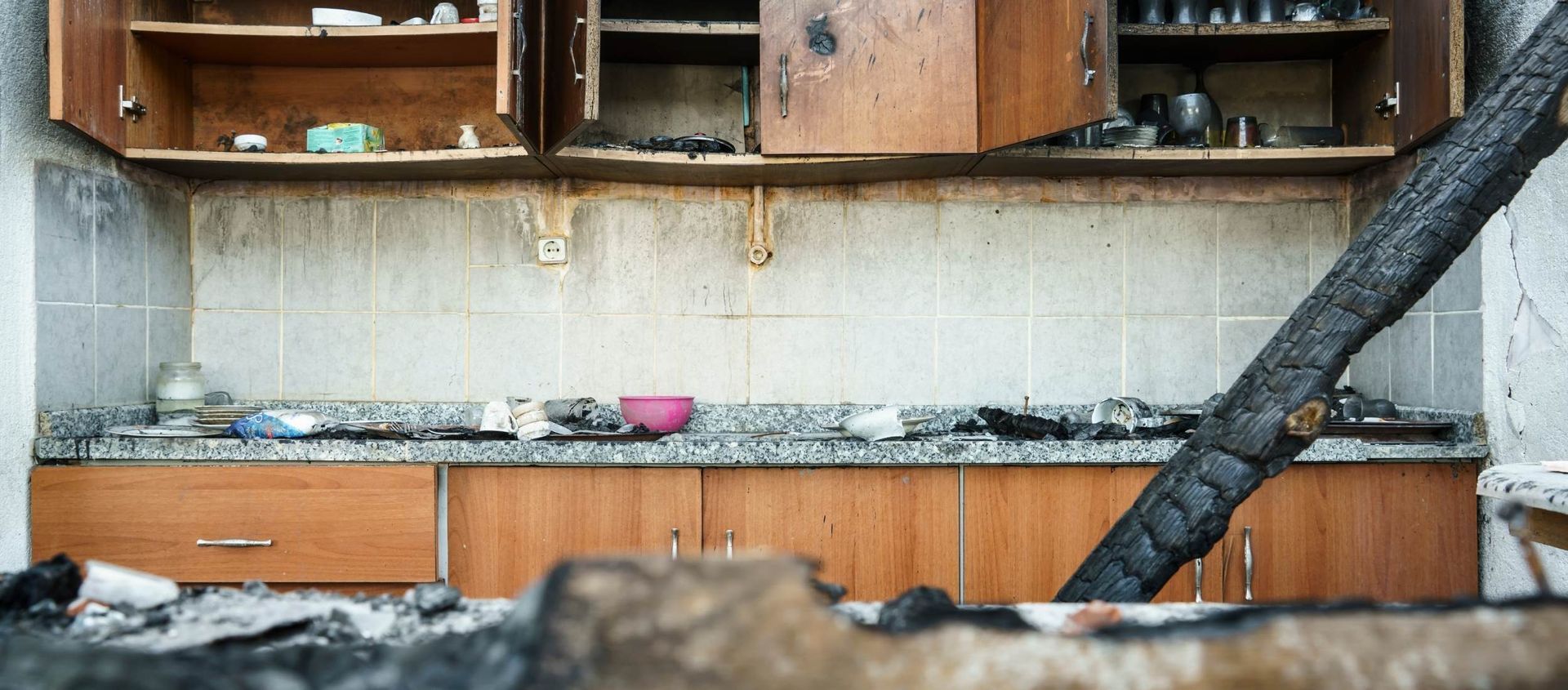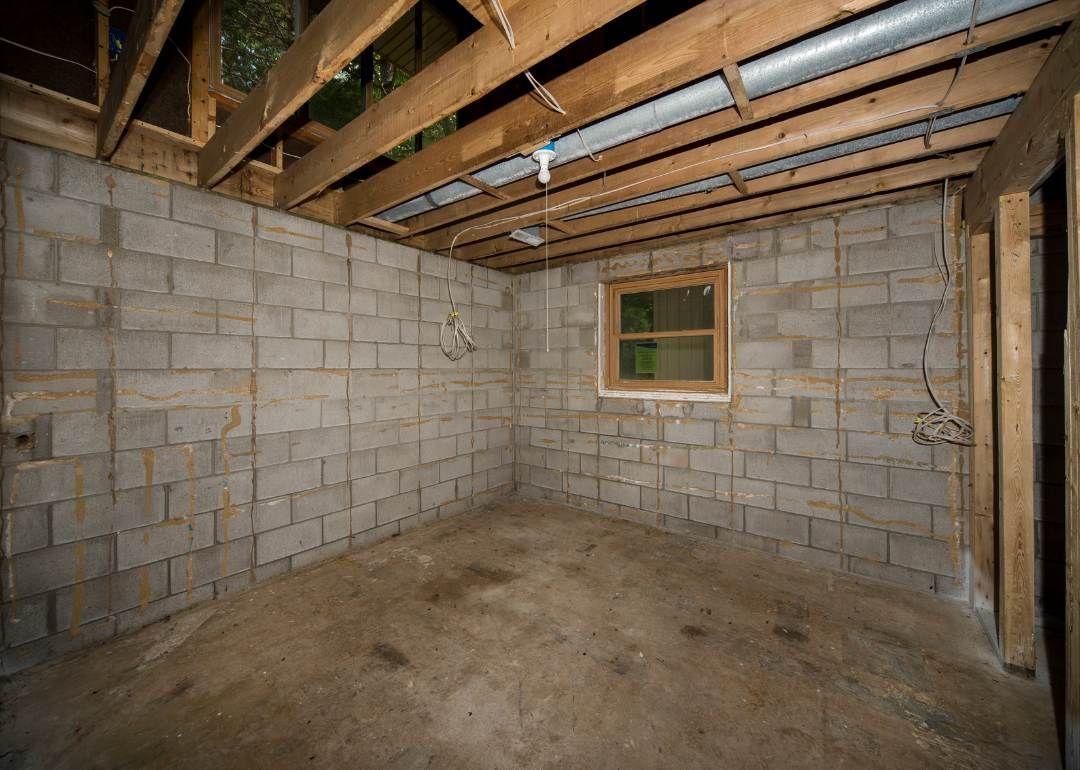DIY Water Damage Cleanup Mistakes That Could Cost You More in Louisiana: Insights from Drymax
Water damage is a common problem for homeowners in Louisiana, often due to heavy rains and humidity. Many individuals attempt DIY cleanup, thinking they can save time and money. Unfortunately, these efforts can lead to costly mistakes that exacerbate the situation or compromise health and safety.
Understanding the common pitfalls in DIY water damage cleanup is crucial for effective restoration. Many homeowners overlook the importance of using appropriate tools and techniques, which can contribute to hidden damage and mold growth. Engaging with insights from industry experts, such as those at Drymax, can provide valuable guidance on how to navigate the challenges of water damage restoration.
Awareness of these misconceptions not only helps in effective damage control but also ensures a safer home environment. It becomes essential to address the cleanup process correctly to mitigate risks and reduce long-term costs associated with water damage.
Top DIY Water Damage Cleanup Mistakes in Louisiana
Homeowners in Louisiana often attempt DIY water damage cleanup to save time and costs. However, several critical mistakes can lead to increased damage and expenses. Understanding these pitfalls helps prevent further complications during restoration efforts.
Underestimating the Extent of Water Damage
One major mistake is underestimating how extensive the water damage is. Homeowners may assume that visible dampness is only a surface issue. However, water can seep into walls, flooring, and other concealed areas.
Taking time for a thorough assessment is essential. Utilizing moisture meters can help identify hidden water pockets. If left untreated, underlying damage can lead to mold growth and structural issues, escalating repair costs significantly.
Improper Use of Household Equipment
Many turn to household equipment for water cleanup, but improper use can worsen conditions. Common mistakes include using towels or mops instead of appropriate extraction tools.
For larger volumes of water, shop vacuums or sump pumps are necessary. Using them incorrectly can lead to prolonged exposure, which fosters mold growth. Proper techniques should follow manufacturers' guidelines to ensure effective removal and minimize damage.
Neglecting Hidden Moisture
Another frequent error is neglecting hidden moisture areas. Water may accumulate in less visible locations, such as behind drywall, within insulation, or under flooring. These areas can trap moisture long after visible water is removed.
Using infrared cameras or professional tools to detect moisture points can prove invaluable. If overlooked, these hidden spots can lead to costly repairs from unseen mold infestations and structural degradation.
Inadequate Drying Techniques
Finally, inadequate drying techniques pose a significant risk. Many homeowners rely solely on natural ventilation, which may not sufficiently remove moisture.
To ensure appropriate drying, utilizing industrial-grade dehumidifiers and fans is recommended. These devices can rapidly reduce humidity levels, promoting effective drying. Regular monitoring of moisture levels throughout the process is essential for preventing future issues.
Implementing proper techniques and tools in DIY water damage cleanup will help mitigate risks and reduce overall costs in Louisiana.
Reasons DIY Approaches Often Fail
Many homeowners consider DIY methods for water damage cleanup. However, these approaches can lead to costly errors due to limited equipment, lack of experience, and incorrect evaluations of the damage.
Lack of Professional Tools and Expertise
DIY water damage cleanup often falls short because of inadequate tools and training. Professionals use specialized equipment such as industrial-grade dehumidifiers, moisture meters, and thermal imaging cameras.
These tools help detect hidden moisture and assess damage accurately. Homeowners, lacking this expertise, may miss critical water intrusion points, leading to persistent moisture and mold growth.
Without proper training, individuals are also prone to make mistakes in water extraction and drying processes. Such errors can increase the risk of structural damage and health issues over time.
Overlooking Structural Damage
Another critical issue with DIY cleanup is the potential oversight of structural damage. Water can compromise foundations, walls, and floors, leading to long-term issues if not properly addressed.
Homeowners might not know what signs to look for, like warped floors or stained walls, indicating deeper problems.
Failing to evaluate and repair these damages can lead to costly repairs in the future. Professionals conduct comprehensive assessments and ensure all affected materials are treated or replaced, minimizing risks to the property.
Incorrect Assessment of Contaminants
Identifying the type of water involved is crucial for effective cleanup. Homeowners often fail to correctly assess whether water is clean, gray, or black.
This misjudgment can lead to inadequate cleaning methods and increased health risks. For instance, black water, which contains harmful pathogens, requires different treatment than clean water.
Using improper procedures based on incorrect assessments exposes individuals to severe health hazards and costly remediation down the line. Professionals are trained to evaluate water type and implement suitable remediation strategies, ensuring a safe environment.
Serious Health Risks from Improper Cleanup
Improper cleanup following water damage can lead to significant health risks. Key concerns include the rapid growth of mold, bacterial contamination, and long-term respiratory issues. Each of these factors underscores the necessity of professional intervention to ensure a safe living environment.
Mold Growth and Air Quality Issues
When water damage is not thoroughly cleaned, mold can begin to grow within 24-48 hours. This growth is particularly dangerous in humid environments like Louisiana, where moisture levels are high.
Mold spores can become airborne, leading to reduced air quality. Inhalation of these spores can trigger allergic reactions and respiratory issues such as asthma attacks.
Common symptoms include:
- Sneezing
- Coughing
- Nasal congestion
- Skin irritations
The presence of toxic mold, like Stachybotrys chartarum (black mold), can exacerbate health problems and contribute to chronic illnesses. Professional remediation is crucial to control moisture and prevent regrowth.
Bacterial Contamination
Water damage often introduces bacteria from contaminated sources such as sewage or stagnant water. Common pathogens include E. coli and hepatitis A, which can lead to severe gastrointestinal illness.
Exposure can occur through direct contact or ingestion of contaminated water. This risk is heightened during DIY cleanup efforts, where proper sanitation measures may be overlooked.
Preventive measures include:
- Wearing gloves and masks
- Averting skin contact with floodwaters
- Practicing good hygiene during cleanup
Failure to address bacterial contamination can lead to outbreaks of infectious diseases, increasing public health risks within communities.
Long-Term Allergies and Respiratory Problems
Improper cleanup can contribute to long-term health issues. Prolonged exposure to mold and bacteria may lead to persistent allergies and chronic respiratory conditions. Individuals with pre-existing conditions, like asthma, are particularly vulnerable.
The ongoing presence of irritants can result in heightened sensitivity, leading to recurrent respiratory symptoms. Symptoms may worsen with seasonal changes, contributing to long-term health complications.
The CDC points out that early intervention is vital for mitigating these risks. Regular air quality assessments and professional remediation can help restore safe living conditions, minimizing long-term health impacts.
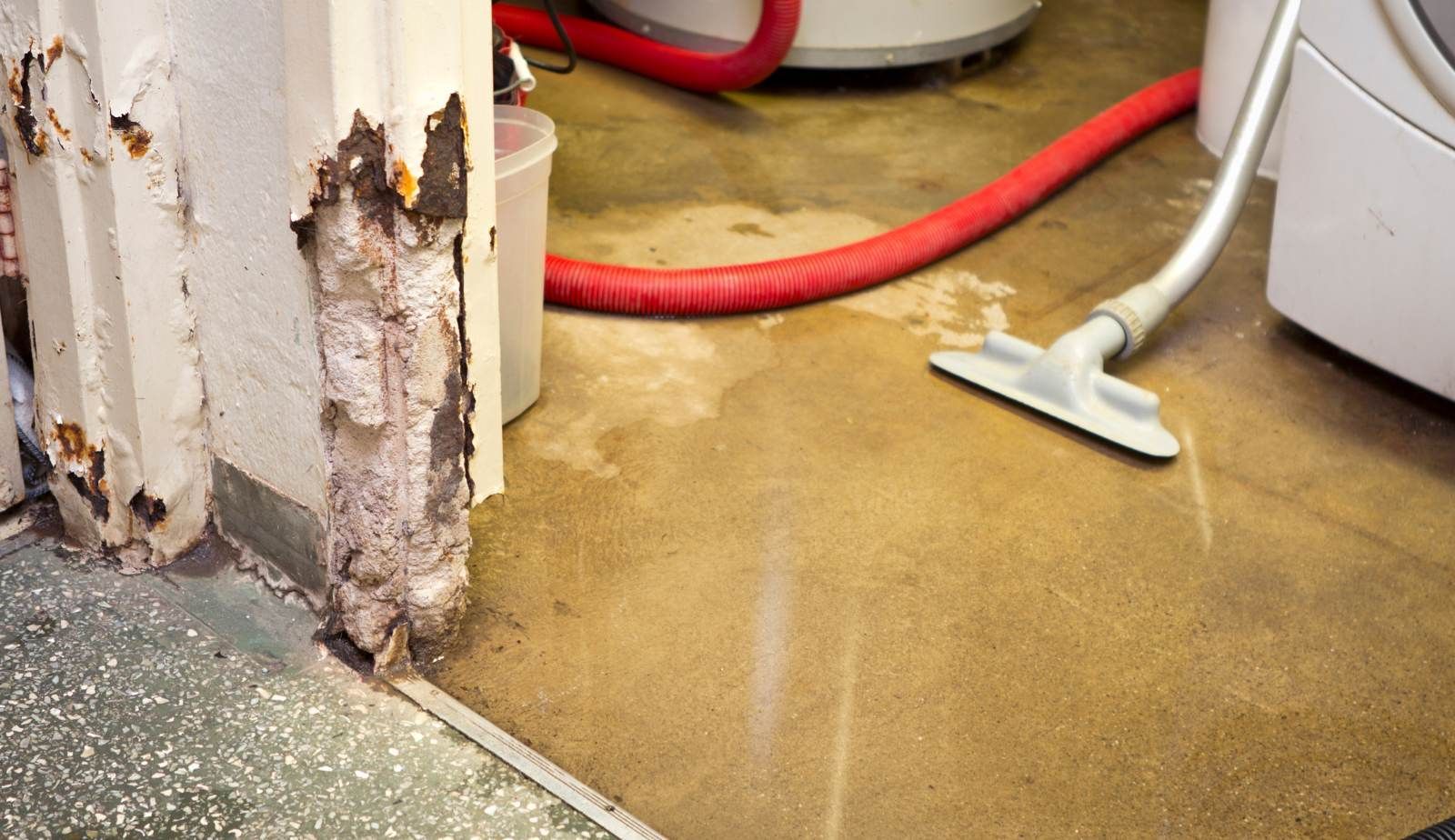
Costly Consequences of Cleanup Mistakes
Mistakes made during DIY water damage cleanup can lead to significant financial burdens. Addressing these common pitfalls is crucial to avoid escalating costs and other negative repercussions.
Escalating Repair Expenses
Improper water damage cleanup may result in escalating repair expenses. Inadequate drying techniques can leave hidden moisture, leading to mold growth within 24-48 hours. Mold remediation can add thousands to overall repair costs.
Structural damage may also occur when moistureSeeps into building materials. In cases of sagging ceilings or compromised walls, homeowners might face extensive repairs to restore safety and integrity. Engaging professionals may significantly reduce these costs.
To mitigate expenses, homeowners need to:
- Assess damage promptly: Quick inspections prevent issues from worsening.
- Utilize proper equipment: Investing in commercial-grade tools ensures effective water removal.
Insurance Claim Denials
Improper cleaning practices can lead to insurance claim denials. Insurers often seek proof of damage and the measures taken for remediation. Failing to document the cleanup process can result in discrepancies.
Using improper methods, such as heat sources for drying, may aggravate conditions that insurance companies consider negligence. Homeowners should review their policies carefully to understand coverage limits and exclusions.
To ensure claims are honored, it’s advisable to:
- Document every step: Photos and written accounts provide essential evidence.
- Contact professionals promptly: Quick action can demonstrate an effort to mitigate damage.
Decreased Property Value
Failure to properly address water damage can lead to decreased property value. Hidden damage, such as ongoing mold issues, creates a burden for future buyers. Properties with a history of water damage may become less desirable.
A thorough cleanup not only preserves property value but enhances marketability. Homeowners should focus on preventive measures and ensure remediated areas are well-documented.
To protect property value, it is crucial to:
- Conduct regular inspections: Identifying early signs of damage maintains property condition.
- Invest in quality restoration services: Hiring professionals can secure a better long-term outcome.
Louisiana-Specific Water Damage Challenges
Louisiana's unique environmental conditions create specific challenges for homeowners dealing with water damage. Understanding these localized issues is essential for effective cleanup and restoration efforts.
Humidity and Rapid Mold Growth
Louisiana's high humidity levels contribute significantly to mold proliferation. The average humidity frequently exceeds 70%, creating an ideal environment for mold spores.
Key Points About Mold Growth:
- Rapid Development: Mold can begin to grow within 24-48 hours after water exposure.
- Health Risks: Mold exposure poses risks such as respiratory issues and allergic reactions, making timely cleanup crucial.
Proper ventilation and immediate drying of wet areas are vital to mitigate mold risks. Homeowners should utilize dehumidifiers and fans during cleanup to reduce moisture levels.
Local Building Materials at Risk
The use of specific building materials in Louisiana presents additional challenges. Many homes in the region have wooden structures and drywall that can suffer severe damage from water.
Materials at Risk Include:
- Wood: Easily absorbs water, leading to warping and structural compromise.
- Drywall: Can degrade quickly when exposed to moisture, necessitating replacement.
Homeowners should prioritize the evaluation of these materials during cleanup. Quick removal of affected sections can prevent more extensive damage and reduce overall restoration costs.
Frequent Severe Weather Events
Louisiana's geography makes it susceptible to hurricanes, heavy rains, and flooding. Such severe weather events can cause significant water intrusion in homes.
Impact of Severe Weather:
- Flooding Risks: Homes in flood-prone areas face increased chances of severe water damage.
- Insurance Challenges: Many homeowner policies do not cover flood damage, requiring additional flood insurance for effective protection.
Preparation is vital; homeowners should consider elevating utilities and installing flood barriers to reduce risks associated with natural disasters. Moreover, understanding insurance options can help in navigating potential damages post-event.
How Professional Restoration Services Can Help
Professional restoration services provide invaluable expertise and equipment for effective water damage cleanup. Their comprehensive approach ensures thorough restoration, minimizing financial loss and safeguarding the property from long-term damage.
Thorough Water Extraction and Drying
Professional teams utilize advanced equipment, such as high-powered pumps and industrial fans, to remove water quickly and efficiently.
- Rapid Water Removal: Swift extraction minimizes the risk of mold growth and prevents extensive damage to structures and belongings.
- Effective Drying Techniques: With specialized dehumidifiers, professionals ensure that moisture is removed from the air and surfaces, reducing the potential for long-term issues.
This meticulous process is crucial, as even a small amount of residual water can lead to structural weakening and mold proliferation.
Advanced Detection of Hidden Damage
Restoration professionals are trained to identify both visible and hidden damage that DIY efforts often overlook. Utilizing infrared cameras and moisture meters, they can detect:
- Hidden Water Pockets: Areas behind walls, underneath flooring, and inside crawl spaces often retain moisture.
- Material Integrity: Professionals assess the condition of structural elements to determine if they can be salvaged or will require replacement.
This thorough assessment is essential for preventing future problems, as undetected water can lead to mold growth and further structural damage.
Safe Mold Remediation
Mold growth poses significant health risks and can lead to additional property damage. Professionals provide safe mold remediation services that include:
- Containment Measures: They isolate affected areas to prevent mold spores from spreading to clean spaces.
- Specialized Cleaning Solutions: Using industry-approved methods, professionals eliminate mold safely without harming the surrounding environment or items.
Additionally, professionals offer advice on preventing future mold growth, ensuring that the property remains safe and healthy after restoration.
Key Takeaways from Drymax: Avoiding Costly Mistakes
Homeowners in Louisiana can benefit from understanding the nuances of water damage cleanup. Several critical takeaways can help avoid mistakes that may lead to increased costs and prolonged issues.
Identifying When to Call Professionals
Recognizing the signs that professional help is needed is crucial. Homeowners should be alert to persistent musty odors, water stains, or structural issues such as sagging floors and peeling paint.
If water damage is extensive or if it has been present for more than 48 hours, the risk of mold increases significantly. In these situations, consulting with skilled restoration experts can prevent further complications.
Professionals possess the necessary equipment and expertise to assess the full extent of the damage quickly. This proactive approach can potentially save thousands in repairs and health-related costs.
Preventive Maintenance Tips
Preventive maintenance reduces the risk of costly water damage. Homeowners should implement regular inspections of plumbing, roofs, and foundations to identify leaks early.
Installing sump pumps in basements can help manage excess water during heavy rains. Additionally, homeowners should consider grading their landscape to ensure proper drainage away from the property.
It's also wise to maintain gutters and downspouts, keeping them clear of debris. Ensuring proper ventilation in areas prone to humidity, such as basements and attics, also aids in preventing moisture buildup, reducing the chances of damage.
Trusted Methods for Effective Cleanup
Effective cleanup methods are vital to minimizing long-term damage. First, it is essential to stop the source of the water and ensure safety. Wearing protective gear is important when handling contaminated water.
Homeowners can use submersible pumps and wet vacuums for immediate water removal. Following extraction, a combination of dehumidifiers and air movers should be utilized to eliminate residual moisture effectively.
For areas affected by mold, using non-toxic antifungal solutions can promote safe environments. Documenting the damage thoroughly can also streamline insurance claims. Homeowners should take photographs and keep records of all cleanup efforts.
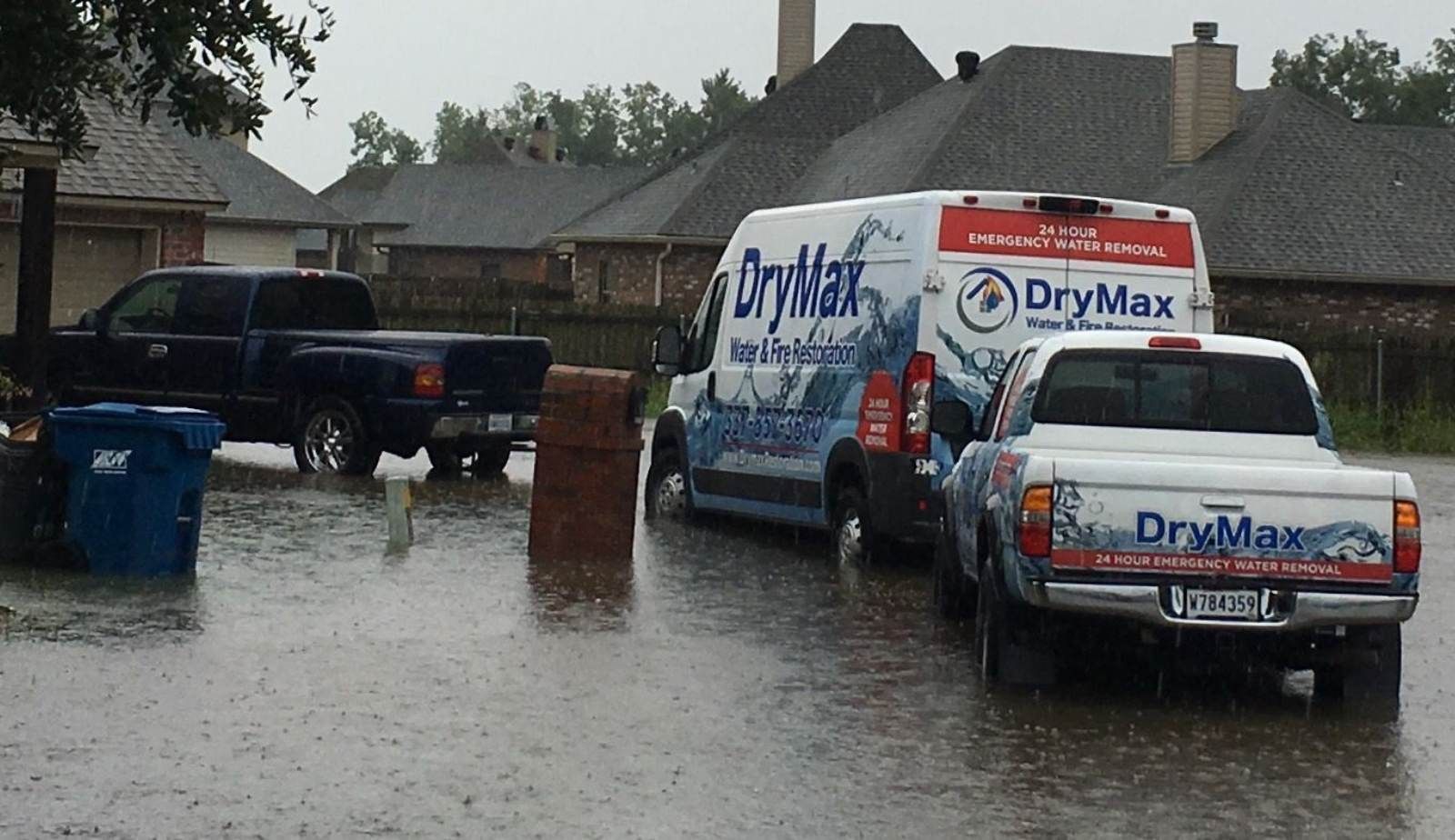
Frequently Asked Questions
Understanding the potential pitfalls in DIY water damage cleanup is vital for homeowners. The following questions address key mistakes, safety measures, and the necessity of professional assistance in Louisiana.
What are common missteps to avoid during DIY water damage cleanup?
One common mistake is failing to turn off the electricity in affected areas before starting cleanup. This poses electrical hazards and increases the risk of injuries.
Another issue is neglecting to properly assess the extent of the damage. Some individuals may attempt to dry visible areas without addressing hidden moisture, which can lead to mold growth.
Can using the wrong drying equipment worsen water damage?
Yes, improper drying equipment can exacerbate water damage. For instance, using residential fans instead of industrial-grade dehumidifiers may not effectively reduce humidity levels, allowing mold to thrive.
Inadequate equipment can also lead to structural issues due to prolonged moisture exposure in materials like drywall and wood.
What safety precautions should be taken during water damage restoration?
Safety precautions are critical during water damage restoration. Individuals should wear personal protective equipment, including gloves and masks, to avoid exposure to contaminants.
It is also important to ensure proper ventilation while working in affected areas. This helps prevent the inhalation of mold spores and other harmful particles during the cleanup process.
How can I identify hidden moisture to prevent mold growth after a flood?
Identifying hidden moisture is essential in preventing mold. Homeowners can use moisture meters to assess moisture levels in walls, ceilings, and flooring.
Additionally, checking for musty odors can signal hidden water sources. Addressing these areas promptly can effectively reduce the likelihood of mold growth.
Is it necessary to hire professionals after a water damage event, even for minor cases?
Hiring professionals is often advisable, even for minor cases. They possess specialized knowledge and equipment to effectively assess and address water damage.
Professionals can also identify underlying issues that might not be apparent to the homeowner, ensuring a thorough and adequate restoration process.
What are the long-term risks of improper water damage remediation?
Improper remediation can result in significant long-term risks. Mold growth is one of the most serious consequences and can lead to health problems for residents.
Additionally, failure to adequately dry affected areas can cause structural damage over time, leading to costly repairs that far exceed the initial cleanup expenses.


